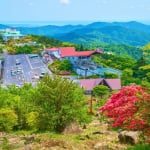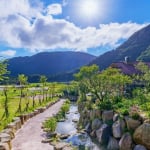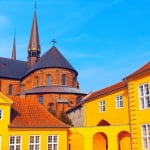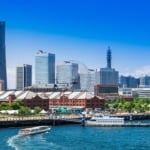Name: Takachiho Gorge
Address: Mitai, Takachiho Town, Nishiusuki District, Miyazaki Prefecture
Official/Related Website: http://takachiho-kanko.info/
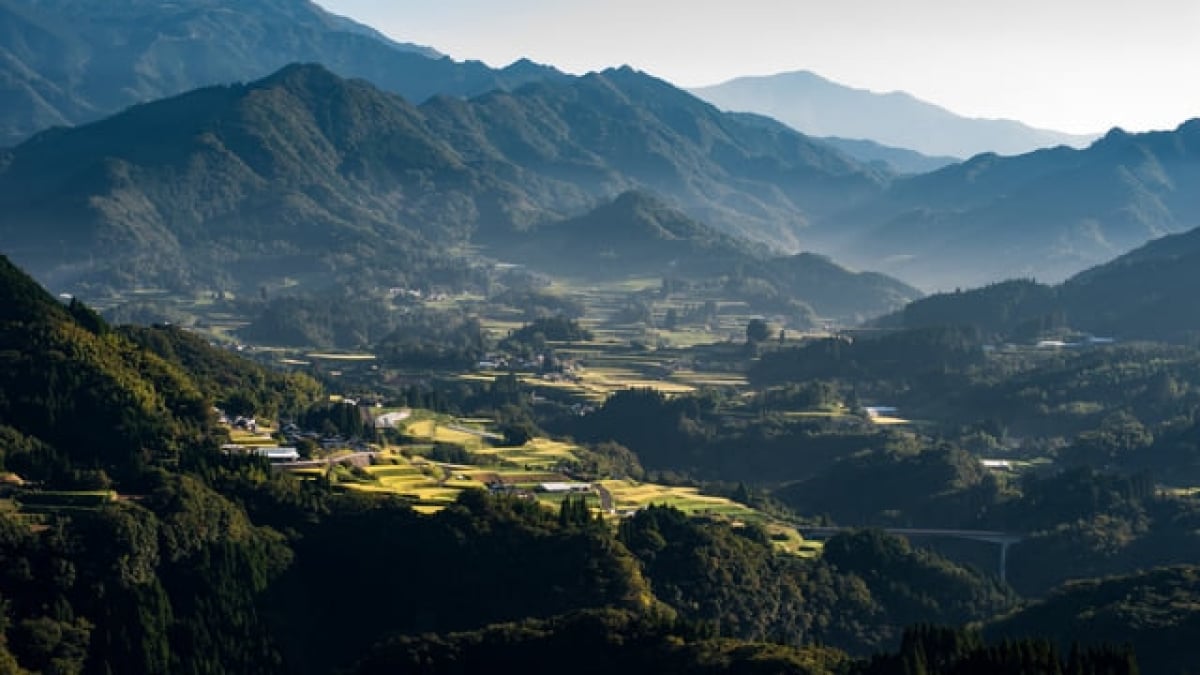
The land of Japanese mythology where the Gods descended! 11 must-visit tourist spots in Takachiho, Miyazaki Prefecture
Takachiho Town is located in the mountainous northwestern part of Miyazaki Prefecture, bordering the Aso region of Kumamoto Prefecture. "Takachiho" is well known in Japanese mythology as the place where the gods descended from the heavenly realm of Takamagahara. Surrounded by steep mountains, Takachiho Town is home to many mystical tourist spots that perfectly fit the setting of legendary tales! In this article, we will introduce 11 must-visit tourist attractions in this sacred land of heavenly descent, including spots in the neighboring town of Hinokage.
table of contents
[x] close
The land of Japanese mythology where the Gods descended! 11 must-visit tourist spots in Takachiho, Miyazaki Prefecture
1. Takachiho Gorge
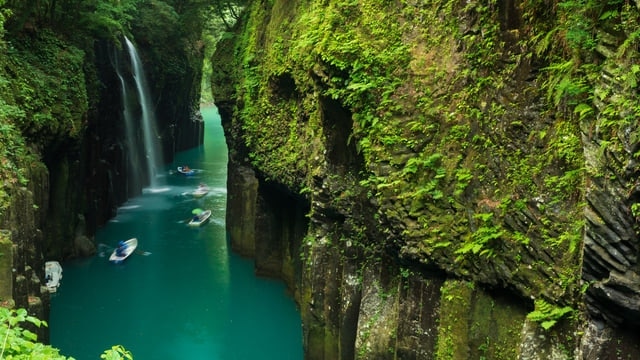
When visiting the mythological land of Takachiho, your first stop should be Takachiho Gorge. This gorge was formed as layers of tuff, deposited by volcanic activity from Mount Aso, were eroded by the flow of the Gokase River. The steep cliffs, reaching up to 100 meters in height, stretch for 7 kilometers.
The most famous sight in Takachiho Gorge is the graceful Manai Falls, cascading down from the cliffs of the narrow gorge. The emerald-green river, the slender waterfall, and the unique columnar basalt formations create a breathtaking scene imbued with a divine aura. A walking trail is well-maintained around Manai Falls, allowing visitors to stroll through the gorge at a leisurely pace while admiring its striking rock formations and scenic beauty.
2. Amanoiwato Shrine
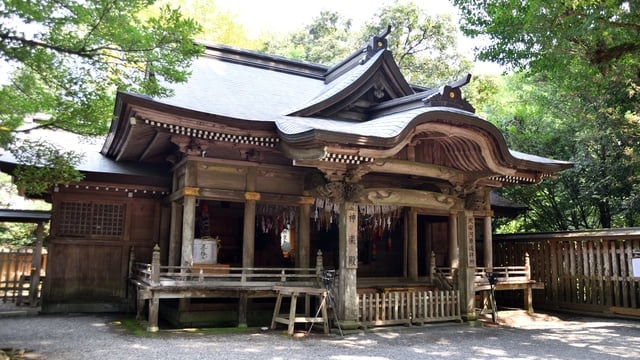
Amanoiwato Shrine is located upstream along the Iwato River from the center of Takachiho Town. The shrine enshrines Amanoiwato, the sacred cave where the sun goddess Amaterasu is said to have hidden herself after being angered by the reckless behavior of Susanoo-no-Mikoto.
The collapsed rock cavern, believed to be the remains of Amanoiwato, is situated midway up the cliffs across the river from the shrine. However, it is not visible during a regular visit. Visitors can apply at the shrine office to be guided by a priest to a special viewing area after receiving a purification blessing. Photography is strictly prohibited, so visitors are encouraged to quietly admire this mythological site.
Name: Amanoiwato Shrine
Address: 1073 Iwato, Takachiho Town, Nishiusuki District, Miyazaki Prefecture
Official/Related Website: http://amanoiwato-jinja.jp/
3. Amanoyasugawara
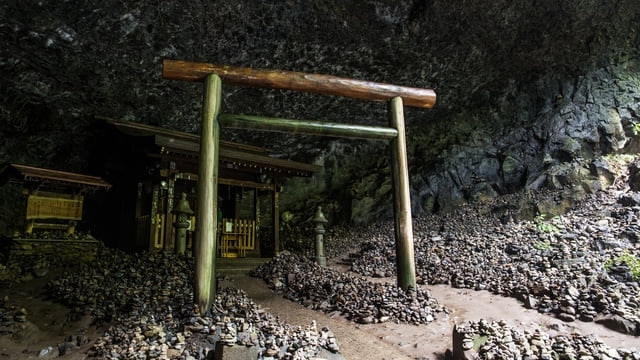
When Amaterasu hid herself in Amanoiwato, both the heavens and the earth were plunged into darkness, causing great calamities. The eight million gods gathered to discuss a solution at Amanoyasugawara, a sacred riverside cave located about 500 meters upstream from the western main shrine of Amanoiwato Shrine.
The large, open-mouthed cavern is scattered with piles of small stones, creating an otherworldly atmosphere. While the site resembles a gathering place, its resemblance to the mythical Sai no Kawara (a riverbank where spirits of deceased children stack stones) adds a solemn air. Looking back toward the river from within the cave’s inner shrine, one can fully immerse themselves in the tranquil and sacred atmosphere.
Name: Amanoyasugawara
Address: Iwato, Takachiho Town, Nishiusuki District, Miyazaki Prefecture
Official/Related Website: http://takachiho-kanko.info/sightseeing/detail.php?log=1337317286
4. Kunimigaoka
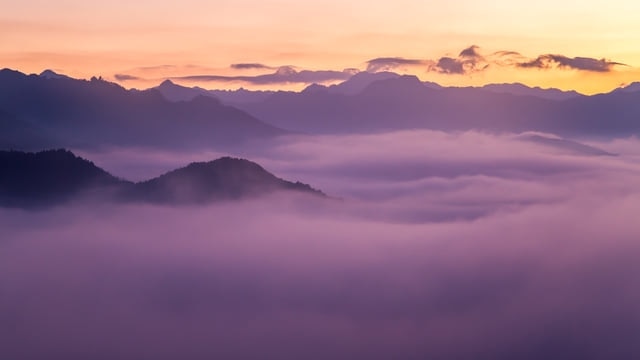
Located northwest of Takachiho Town’s center, Kunimigaoka is gaining attention as a popular viewpoint for spectacular sea-of-clouds scenery. The best time to witness this natural phenomenon is in late autumn, on clear and windless early mornings when the temperature drops significantly. When the entire Takachiho Valley is submerged in clouds, with only the mountaintops visible above, the landscape resembles a traditional ink painting.
Even if the sea of clouds does not appear, the panoramic view of the Takachiho Basin from the 513-meter-high observation deck is breathtaking. Free parking is available, making it an excellent stop for those exploring Takachiho by car.
Name: Kunimigaoka
Address: 6450 Oshikata, Takachiho Town, Nishiusuki District, Miyazaki Prefecture
Official/Related Website: http://takachiho-kanko.info/sightseeing/kunimigaoka.php
5. Takachiho Shrine

Takachiho Shrine is located midway between Takachiho Town’s center and Takachiho Gorge. It is said to have been founded during the reign of Emperor Suinin (the 11th emperor of Japan), and its current main hall was reconstructed in 1778 during the Edo period.
The shrine’s serene grounds, surrounded by towering trees, feature attractions such as the "Married Cedar Trees" with intertwined roots, as well as an iron guardian dog statue, designated as an Important Cultural Property, which is said to have been donated by Minamoto no Yoritomo. Every night from 8:00 to 9:00 PM, the shrine’s kagura hall hosts Takachiho Kagura, a sacred dance performance for tourists. Takachiho’s traditional nighttime kagura is designated as an Important Intangible Folk Cultural Property of Japan and is typically performed from mid-November to early February in about 20 settlements within the town.
Name: Takachiho Shrine
Address: 1037 Mitai, Takachiho Town, Nishiusuki District, Miyazaki Prefecture
Official/Related Website: http://www.town-takachiho.jp/culture/tourism/post_81.html
6. Amaterasu Railway
Until it was damaged by Typhoon No. 14 in 2005, Takachiho was connected to Nobeoka by the Takachiho Railway. Today, part of the former railway line has been repurposed as a sightseeing train known as the "Takachiho Amaterasu Railway."
This 30-minute trolley train journey starts at Takachiho Station, passing through a tunnel, continuing through Amanoiwato Station, and reaching a railway bridge before returning. The center of the train car is made of reinforced glass, allowing passengers to enjoy a stunning 105-meter-high view from Takachiho Railway Bridge.
The train generally operates on weekends and public holidays, but schedules and additional services may vary, so checking the official website beforehand is recommended. As a bonus, purchasing a ticket comes with a souvenir in the form of a ticket-shaped cookie.
Name: Amaterasu Railway
Address: 1425-1 Mitai, Takachiho Town, Nishiusuki District, Miyazaki Prefecture
Official/Related Website: https://amaterasu-railway.jp/
7. Tunnel Station
There was once a plan to extend the Takachiho Railway to connect with Takamori Station in Aso, Kumamoto Prefecture. However, due to construction accidents, this section never opened. One of the tunnels that had already been excavated has been repurposed into a shochu storage facility known as "Tunnel Station."
Inside this 1,115-meter-long tunnel, an impressive 1,300 barrels of shochu are neatly lined up. The tunnel is filled with the rich aroma of aging shochu, which alone is enough to make visitors feel intoxicated. Tours and tastings are free of charge! There is also a souvenir shop on-site, making it a great tourist spot for shopping in Takachiho.
Name: Tunnel Station
Address: 2221-2 Shimono, Takachiho Town, Nishiusuki District, Miyazaki Prefecture
Official/Related Website: http://tonnerunoeki.com/
8. Seiun Bridge
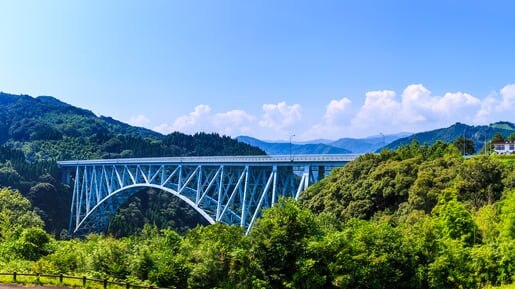
Hinokage Town, located just before reaching Takachiho, is a mountainous area shaped by the Gokase River. Within the town, there are three major bridge landmarks collectively known as the "Three Great Bridges of Hinokage."
Among them, Seiun Bridge, which spans the Hinokage Bypass, is the largest arch bridge in Asia. Standing at 137 meters tall and stretching 410 meters in length, its vast blue steel structure appears to float in the sky when viewed from below.
The other two major bridges are Ryuten Bridge, the highest forest road bridge in Japan, and Tensho Bridge, the largest concrete arch bridge in Japan. If you're traveling from Nobeoka to Takachiho, take a moment to stop and admire these remarkable engineering feats set against Hinokage’s rugged landscape.
Name: Seiun Bridge
Address: 8705-12 Nanaori, Hinokage Town, Nishiusuki District, Miyazaki Prefecture
Official/Related Website: http://hinokage-kanko.jp/publics/index/33/
9. Togawa, a village of stone walls
Following the Hinokage River upstream from beneath Seiun Bridge, you'll find the tiny Togawa settlement, home to just seven households. What makes this village unique is its towering stone walls, which stretch in all directions. Not only do they surround the houses, but even the terraced rice fields are reinforced with beautifully stacked stone walls.
The oldest recorded stone walls in this area date back to the late Edo period, around the Kaei to Ansei era. The precision and craftsmanship of these ancient structures are astonishing. As you walk through the village, passing moss-covered stone walls intertwined with vines, you’ll not only enjoy the scenic tranquility but also feel the resilience and determination of the people who carved out a life in this challenging terrain.
Next to the village, there is a tea house where visitors can enjoy soba and udon made from locally sourced ingredients.
Name: Stone Wall Village - Togawa
Address: 7282-1 Nanaori, Hinokage Town, Nishiusuki District, Miyazaki Prefecture
Official/Related Website: http://hinokage-kanko.jp/publics/index/32/
10. Kushifuru Shrine
Kushifuru Shrine, a sacred site with a challenging name to read (pronounced "Kushifuru"), is the perfect location to visit in the land of the Heavenly Descent. Located on the eastern outskirts of Takachiho, the shrine enshrines Kushifuru Mountain itself as its sacred object. According to the Nihon Shoki and Kojiki, "Kushifuru Peak" is the very spot where the gods first set foot upon descending to Earth. Around the shrine, several sites tied to mythology can be found, including the "Takamagahara Worship Area," where the eight million gods gathered to pay homage to the Heavenly Realm, and "Tenshin Mana Water," said to have been brought down from Takamagahara itself.
A walking trail from Kushifuru Shrine allows visitors to explore these historical and mythical locations. For those interested in Takachiho’s rich history and legends, setting aside time to follow this path is highly recommended.
Name: Kushifuru Shrine
Address: 713 Mitai, Takachiho Town, Nishiusuki District, Miyazaki Prefecture
Official/Related Website: http://takachiho-kanko.info/sightseeing/detail.php?log=1337319301
11. Tochimata Rice Terraces and Odonokuchi Rice Terraces
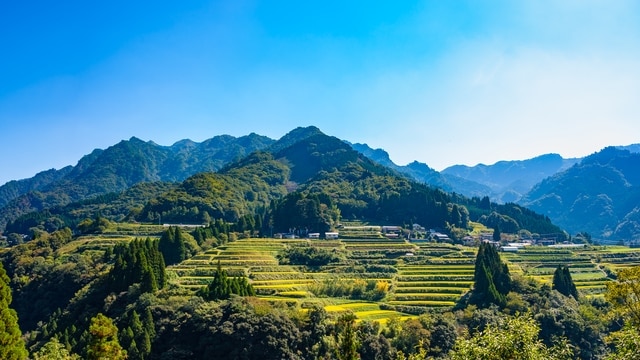
In the mountainous landscapes of Takachiho and Hinokage, many small villages are scattered along the slopes, creating breathtaking terraced rice field scenery. Among them, the most well-known tourist spots are the Tochimata Rice Terraces, located along the route to Amanoiwato Shrine, and the Odonokuchi Rice Terraces, situated on the opposite side of the Iwato River. Both sites have been selected as one of Japan’s Top 100 Terraced Rice Fields.
The landscape changes beautifully with the seasons: in early summer, the paddies are filled with water, reflecting the sky; in midsummer, vibrant green rice plants sway in the wind; and in autumn, golden rice stalks bend under the weight of their grain. No matter when you visit, Takachiho’s terraced rice fields offer a uniquely captivating scene.
Name: Tochimata Rice Terraces & Odonokuchi Rice Terraces
Address: Tochimata (Tochimata Rice Terraces) & Iwato (Odonokuchi Rice Terraces), Takachiho Town, Nishiusuki District, Miyazaki Prefecture
Official/Related Website: http://takachiho-kanko.info/sightseeing/detail.php?log=1371694016
◎ Summary
We introduced 11 must-visit tourist spots in Takachiho and Hinokage. As the legendary site where the gods first set foot on Japanese soil, it’s no surprise that Takachiho is filled with places exuding a sacred presence. Of course, beyond these highlighted locations, there are numerous other shrines and mythological sites to explore. Take a break from the mundane worries of everyday life and immerse yourself in the timeless landscapes of Japan’s mythical past.
RELATED ARTICLES
REGIONS
CATEGORIES
FEATURED ON Guide
-
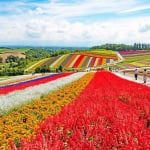
Where will you go for the summer vacation? Introducing recommended spots for domestic travel
-
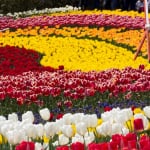
Kaizu City’s Recommended 7 Tourist Spots. Enjoy the Culture and History Nurtured by Wajū!
-
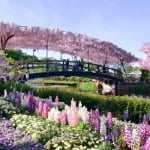
What Makes Ashikaga Flower Park So Special? A Treasure Trove of Photo-Worthy Spots!
-
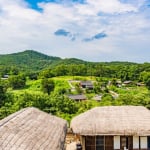
600 Years of Radiant Tradition: Korea’s Historic Villages of Hahoe and Yangdong
-
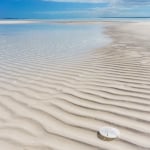
Two-Colored Seas and a Pink Beach! 4 Must-Visit Spots in North Eleuthera
MOST POPULAR ON Guide
-
 1
1Doha: Must-see Attractions in the Capital of Qatar
-
 2
2Toronto: 10 Things to do in this Picturesque Canadian City
-
 3
3Amarillo: A City Famous for It’s Amazing Canyons, Great History and Music
-
 4
4South Korea: Dazzling Scenery, Rich Culture and Fascinating History
-
 5
5Kuwait: A Country in Middle East Asia Famous for Hot Sand Dunes and Stunning Cityscape

